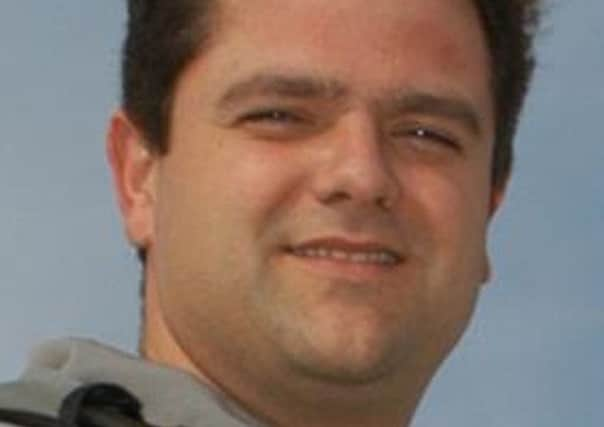Branson is told to ‘give up’ his space mission


Claims that the company had ignored safety warnings given several years before SpaceShipTwo suffered a “serious anomoly” in the Mojave desert in California have emerged in the wake of the news that the other pilot injured in the crash is on the mend.
Peter Siebold, the director of flight operations at Scaled Composites, was piloting SpaceShipTwo when it crashed, killing his colleague Michael Alsbury. His employer said yesterday that he is “alert and talking”.
Advertisement
Hide AdAdvertisement
Hide AdBut rocket prepulsion experts on warn that there could be further tragedy if billionaire Mr Branson continues to press ahead with the project.
Carolynne Campbell-Knight, of Knights-Arrow, an engineering project, said: “They should stop, give up.
“Go away and do something they might be good at like selling mobile phones - they should stay out of the space business.”
She claimed she had contacted those involved in the project in around 2009 or 2010 to raise her concerns about the use of nitrous oxide.
Advertisement
Hide AdAdvertisement
Hide AdThis came after an explosion in 2007 during testing for the development of a rocket motor killed three workers.
She said nitrous oxide can “go bang in a very unpredictable way”, adding: “My view is from my own engineering experience which I shared with them - they obviously took the position that they knew better.”
The comments come as the National Transport Safety Board begins its investigation into what caused SpaceShipTwo rocket, which had been under development at the Mojave Air and Spaceport, to come down on Friday.
In a press conference Christopher Hart of the NTSB said the probe at the scene - which spans five miles - could take between four and seven days.
Advertisement
Hide AdAdvertisement
Hide AdHe added that six cameras were on board the aircraft, although could not say whether all had been recovered.
Mr Hart said they have “extensive data” available to them as test flights are “heavily documented” in ways other flights are not.
The craft was designed to be carried into the air by the WhiteKnightTwo jet and then released before igniting its rocket to travel into space, and then returning to Earth as a glider.
Mrs Campbell-Knight stressed it was not yet clear what caused the latest incident, adding: “There’s any number of things that could have brought it down.”
Advertisement
Hide AdAdvertisement
Hide AdDescribing her response to the crash, she said: “My initial reaction was shock but not surprise.”
Peter Collins, an experimental test pilot told the BBC it is a question of risk rather than safety.
“You’re part of the programme, you are in with the engineers, in with the designers, you would say I think what you want or should have,” he said.
“It’s not a question, people flag the banner of safety but what it is is risk. If you were not happy with that risk then you say ‘well, you know, I won’t fly because we need to do this, this and this, if you don’t do it, that’s too much of a risk’.”
Advertisement
Hide AdAdvertisement
Hide AdThe investigation is expected to take up to 12 months in its entirety and interviews have already begun.
A spokesman for Virgin Galactic said: “We are cooperating with an independent investigation by the NTSB and during that time we are not permitted to comment on the accident”.
Meanwhile, Scaled Composites has paid tribute to Mr Alsbury, 39 from Tehachapi, California, who had worked for the firm for 13 years. The company went on to say Mr Siebold is “alert and talking with his family and doctors”.